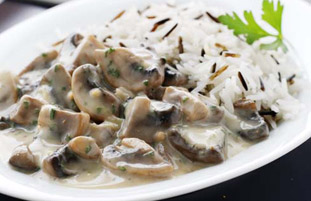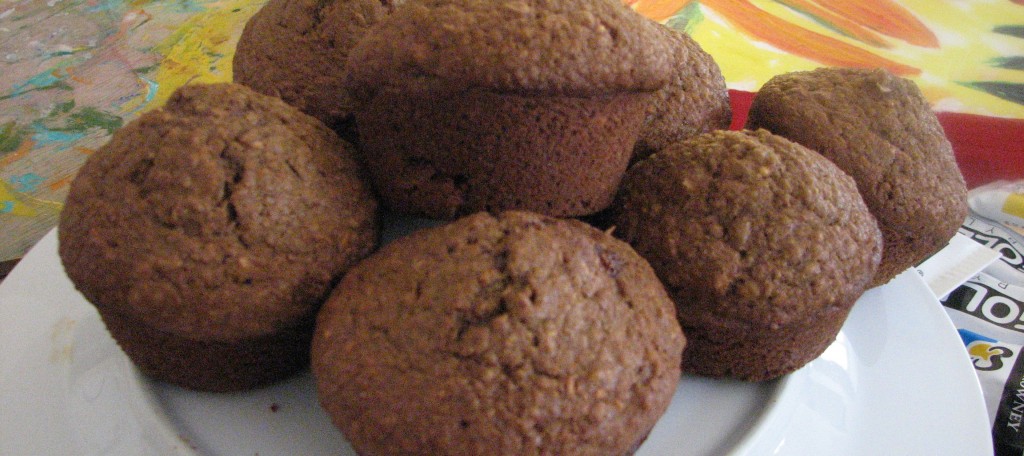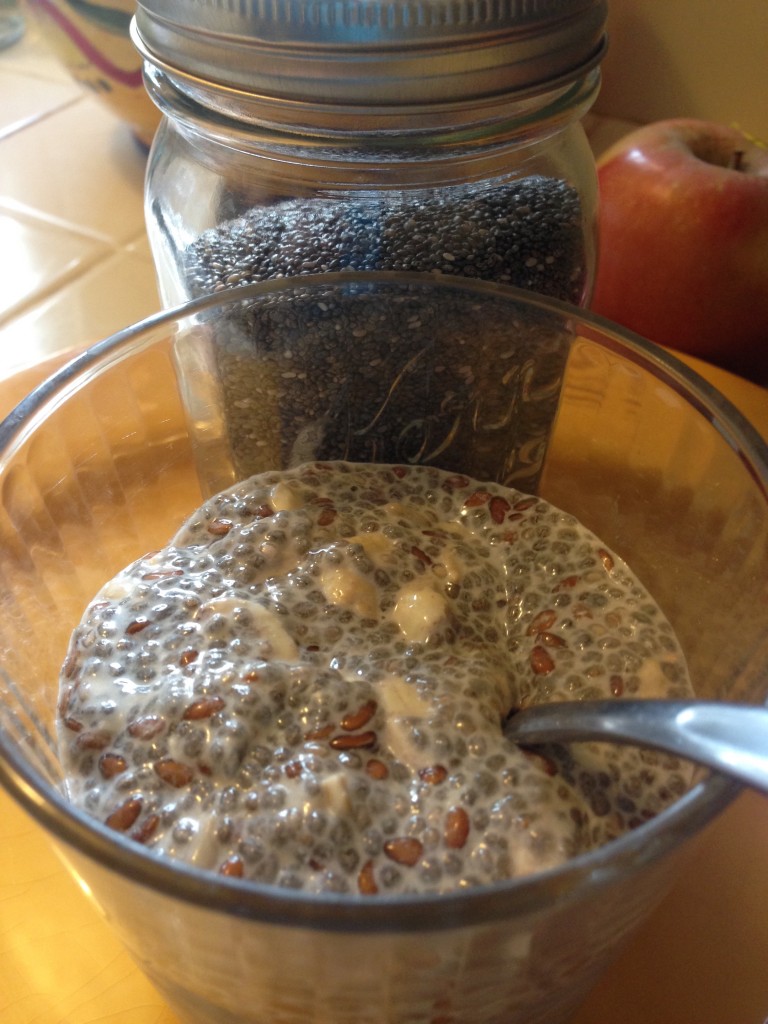With school back in full-swing sandwiches can go from creative and inspired to quick, easy, and sometimes boring.
Some simple tips are to use bread that is at least 3 grams of dietary fiber per slice, and heap on the veggies! In that school lunch also ad some kind of veggies-carrot and celery stick and red pepper slices are perfect, and if you like a nice piece of fruit.
Here are some sandwich ideas for you!
Sandwiches:
Sometimes the spread can really perk up your sandwich. Try the Chipotle Dressing on the Mexican Wrap, Garlic Herb Aioli on the Peasant Loaf, or spread your High Tea sandwich with Maitre d’ Butter. Sometimes it’s all about inspiration.
Peasant Loaf
Cut crusty French or Italian bread in half lengthwise, brush with olive oil or butter, fill with thin slices of Gruyere cheese, fresh thyme leaves, mixed salad greens, thinly sliced tomatoes and red onions, sea salt and freshly-ground black pepper to taste.
High Tea Sandwiches: Have a tea party!
Use thinly sliced bread of your choosing, spread with butter or mayonnaise (regular or vegan-type) and fill with thinly sliced radishes, thinly sliced English cucumber, chopped scallions, watercress, and fresh or dried dill.
Tuscan Grill
Fill wholegrain bread, rolls or pizza dough with leftover grilled vegetables–bell peppers, eggplant, zucchini or summer squash, tomatoes, onions. Use season-appropriate vegetables. Drizzle with olive oil and fresh herbs. Ratatouille will work if you have leftovers.
Asian Inspired
Sauté onion, celery, garlic, ginger, and Asian greens (Chinese cabbage, bok choy, etc) in a little sesame oil and soy sauce until tender. Spread a piece of pita bread or a wrap lightly with peanut butter and stuff or roll with veggie mixture.
Chapati
Spread one half of a chapati or other soft bread, flatbread, or pita with egg salad made with diced green or red onions, radishes and curry powder to taste. Add lettuce or spinach and fold in half to serve.
Middle Eastern
Spread halved whole-grain bagels with cream cheese and hummus or baba ganoush, thinly sliced cucumbers, chopped lettuce and tomato, and toasted sesame seeds.
The Herbal Power House
Place the following on a whole-grain roll — mayonnaise, sliced Monterey Jack cheese, alfalfa sprouts, sliced tomato, grated carrots, and a sprinkling of parsley, sage, rosemary, thyme, basil, and oregano.
Mexican Wrap
Mix leftover cooked beans, shredded cheddar or Monterey Jack, chopped jalapeno chilies, chopped fresh tomatoes, grated jicama, salsa, sour cream, and chopped fresh cilantro in a wrap.
Portobello Sandwich
Slice leftover grilled or pan-fried Portobello caps, toss with barbecue sauce, aioli or pesto mixed with a little mayonnaise, and add to your favorite bread (focaccia cut horizontally is nice) with as many seasonal veggies as you can!
Egg Sandwich
Butter each side of two slices of bread-any type you like, including an English muffin. Place in a cast iron pan or other skillet over medium heat until lightly browned. Flip and do the same on the other side. If you like, place some cheese to melt on this side of the bread. Remove from pan. Fry a large egg in a little butter and when you flip it, sprinkle with a little sea salt and pepper. You may also fry a small slice of ham with the egg for your sandwich if you like. Not a sandwich to be eaten often!







